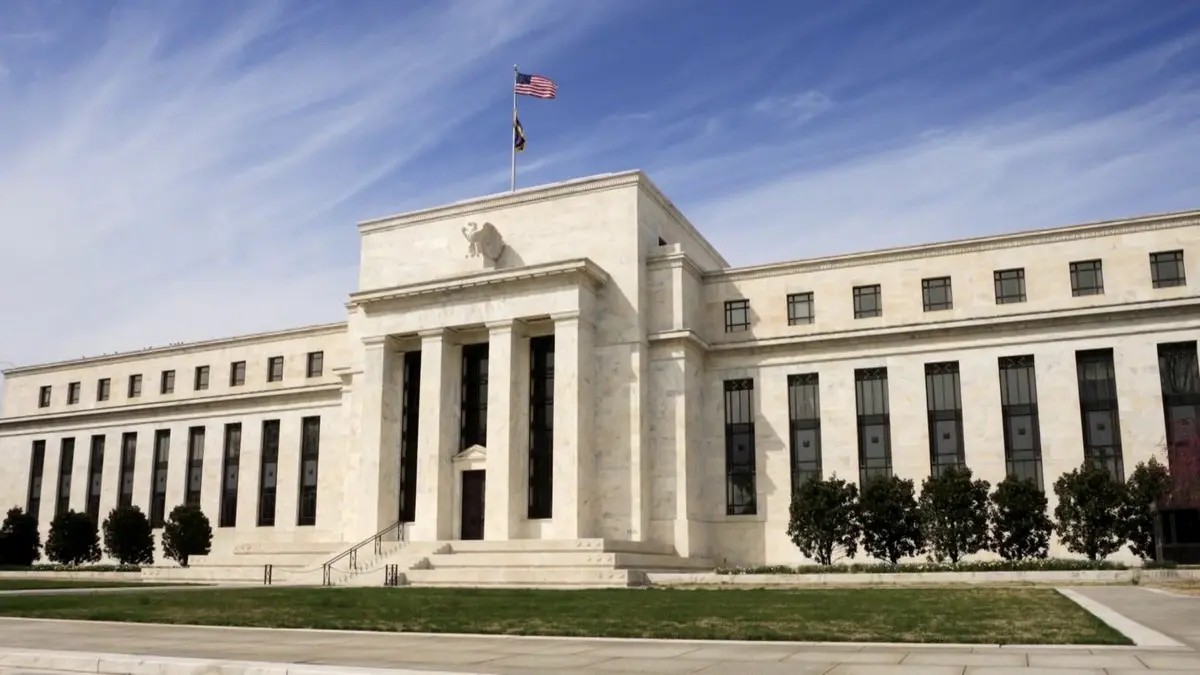Statements by Mary Daly, a member of the US Federal Reserve, in San Francisco, yesterday, Monday, addressed these points:
- If inflation falls rapidly or the labor market weakens more than expected, a cut in interest rates will be necessary.
The Fed has made a lot of progress on inflation, but there is still more work to do.
- If inflation declines more slowly than expected, the Fed should leave interest rates higher for longer.
- Demand constriction, not supply improvement, is likely to be needed to bring inflation to the Fed's 2% target.
The US economy has been remarkably resilient.
- Although we have made significant progress since inflation peaked at more than 7%, challenges remain.
Improved supply and lower demand contributed to lower inflation.
A- Future progress in inflation data will depend on demand-side factors as supply chain issues stabilize.
- Although the US labor market is strong, it could face higher unemployment rates if inflation proves more persistent.
- It is very clear that monetary policy is constrained.
- US stock market gains reflect enthusiasm for the future.
- There is no evidence that stagflation or recession will occur in the future.
- The balance between inflationary risks and employment mandates has become better.
The US Federal Reserve must fully restore price stability without disrupting the economy.
We are approaching a point where benign outcomes in the labor market may be less likely.
- Recent inflation data are more encouraging, but it is difficult to know whether we are on the right path to sustainable price stability.
- Inflation is not the only risk.









































